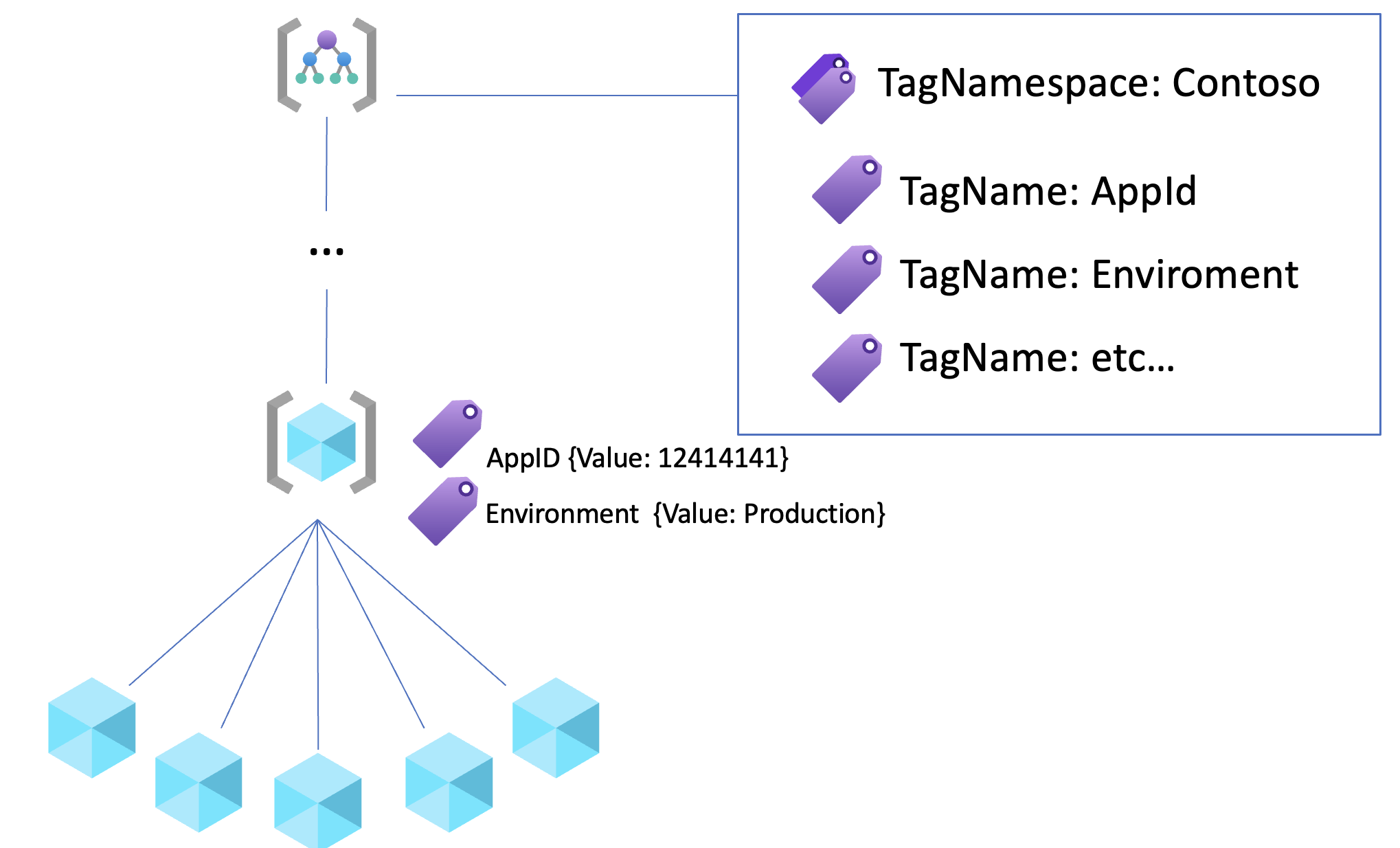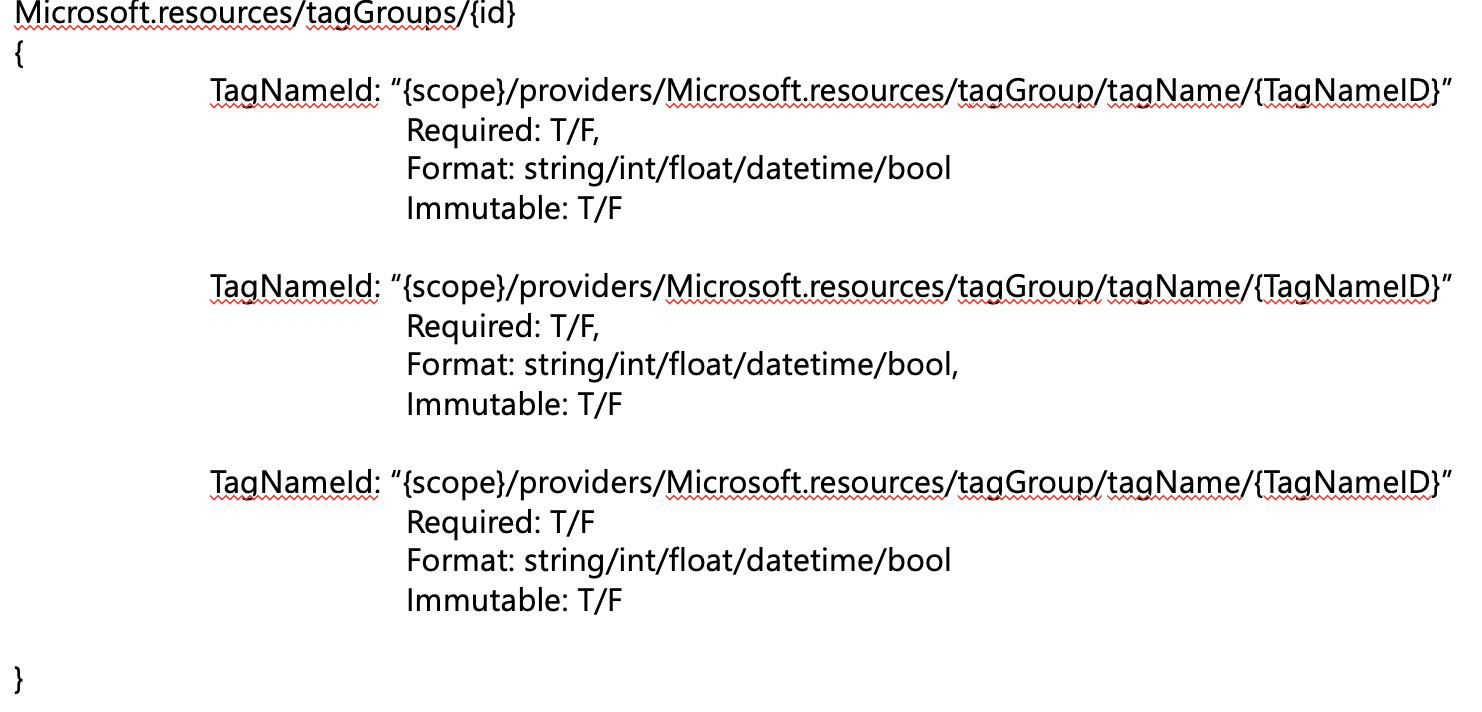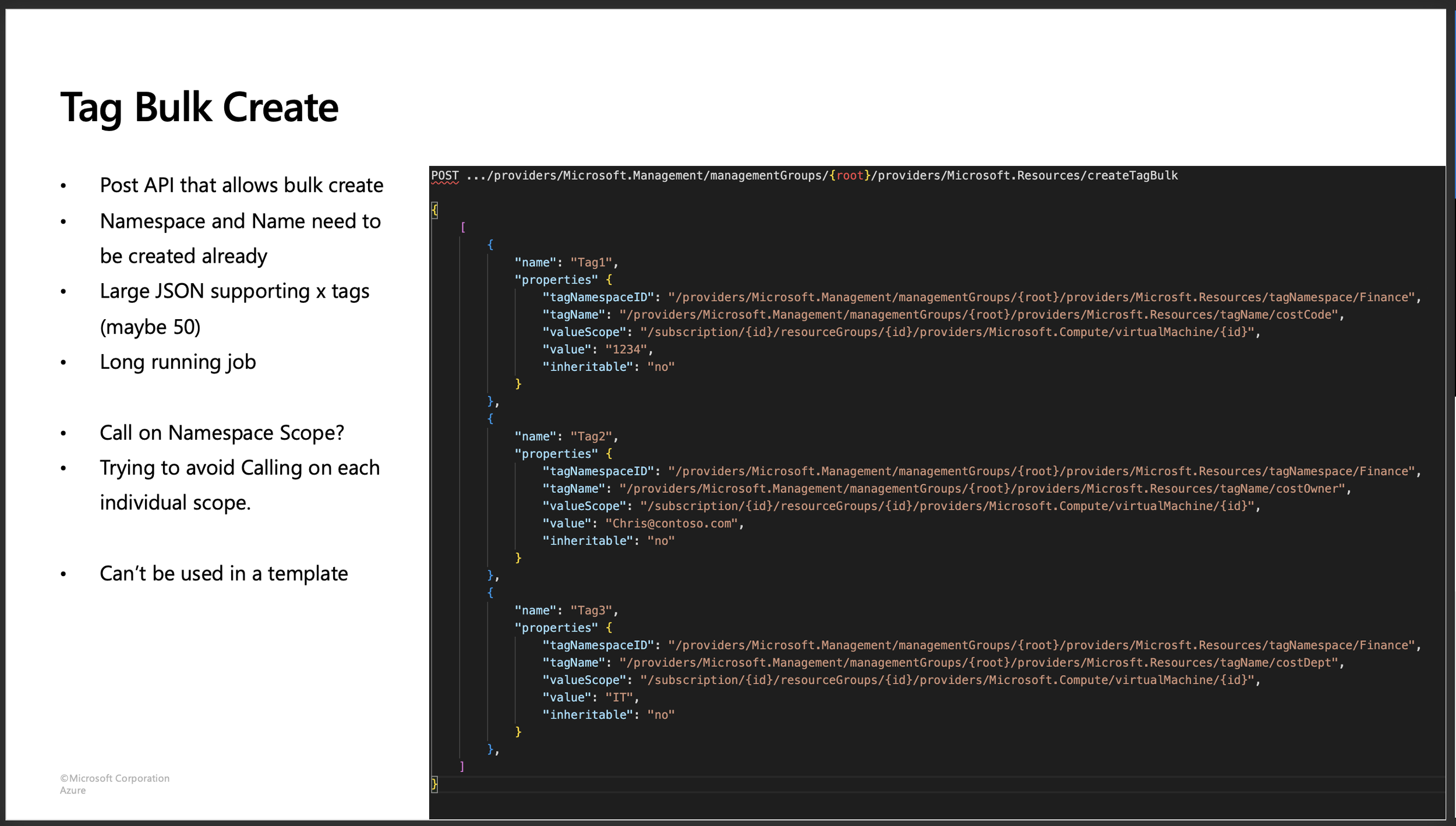
Project Deep Dive
Insights from the PM
Tags Modernization
Rearchitecting Metadata for Scalable Governance in Microsoft Azure
As part of Azure Resource Manager’s governance team, I led the Tags Modernization initiative—an effort to rearchitect Azure’s tagging system into a reliable, governable, and scalable platform primitive. While the initiative was ultimately paused before public launch, it delivered critical research, architectural design, and foundational groundwork that continue to shape future Azure features.
The Challenge
Azure tags had become essential for cost reporting, compliance, and automation—but the implementation lagged behind enterprise needs:
Inconsistent behavior across Resource Providers
No inheritance from management scopes like MGs
Limited enforcement through Policy and RBAC
Ambiguity between system and customer-generated metadata
These issues created friction for customers and blocked key initiatives in governance, automation, and billing alignment.
My Role
As the lead PM, I was responsible for:
Vision & Strategy: Redefining tagging as a core governance and automation surface
Architecture & Design: Authoring proposals for tag inheritance, centralized storage, and access control
Cross-Team Alignment: Driving consensus across ARM, Policy, Billing, Identity, Cost Management, and dozens of RPs
Program Leadership: Managing scope, delivery phases, and stakeholder readiness
Strategic Decision-Making: Ultimately pausing the effort after determining it would delay other higher-priority dependencies
The Solution
I led the design of a future-state tagging model that addressed key gaps:
1. Tag Namespaces & Naming Conventions
Proposed structured tag definitions to separate Azure system metadata from customer-owned tags and prevent name collisions.
2. Central Tag Storage
Architected a new service layer to manage tag persistence natively in ARM, rather than relying on each RP—unlocking consistency, performance, and cross-resource propagation.
3. Tag Inheritance
Designed a propagation model to allow tags defined at the Management Group, Subscription, or Resource Group level to cascade to all children—dramatically reducing manual overhead.
4. Tag-Level RBAC
Introduced concepts for fine-grained permissioning, allowing read-only tags, tag creation locks, and delegated management—making tagging secure and auditable.
5. System vs Customer Metadata
Defined a boundary between internal Azure-generated tags (for cost, region, diagnostics) and externally visible tags for customers—critical for avoiding conflicts and enabling automation.
Execution Highlights
Deep Research: Conducted technical and customer analysis across 30+ Azure teams
Architecture Leadership: Authored core design docs and secured engineering alignment on direction
Customer Feedback Loop: Validated needs through interviews with enterprise customers, billing teams, and compliance specialists
Strategic Pause: Made the difficult but necessary decision to pause implementation due to downstream dependencies and priority realignment—ensuring resources could be reallocated without wasted effort
Results
Platform Impact: Designs influenced subsequent work on tag inheritance, policy-based tag enforcement, and resource metadata structure
Internal Adoption: Partner teams reused design patterns in related features, including Service Groups and new Policy APIs
Reusable Assets: Created scalable tag storage and access patterns now referenced in platform architecture discussions
Vision Established: Positioned Azure to support AI/ML tagging, dynamic metadata classification, and real-time policy evaluation in the future
Reflection
Tags Modernization was one of the most technically complex and strategically important projects I led—even though it never publicly launched. As PM, I delivered a long-term vision, gathered broad alignment, and ultimately made the call to pause when priorities shifted. I view this not as a failed project, but a successful investment in future architecture. The designs, research, and governance patterns created in this effort continue to unlock new scenarios across Azure.
Additional images and concepts

Tag vision statement I created at the beginning of the project to help drive overall project focus.

Diagram used to show how namespaces, names, and values would exist on the resources.

RBAC operations shown for each resource.

Example API Design

Example API Design

Example API Design

High level data flow showing the path from client to commission system

Conceptual design on how to create the new tags with a resource

Mock up of create screen for tag namespace

Mock up of tag UI for browse

UI mock up of how to view tags within new UI

Another UI Mock

Examples of basic api elements

Conceptual Bulk Tag API
